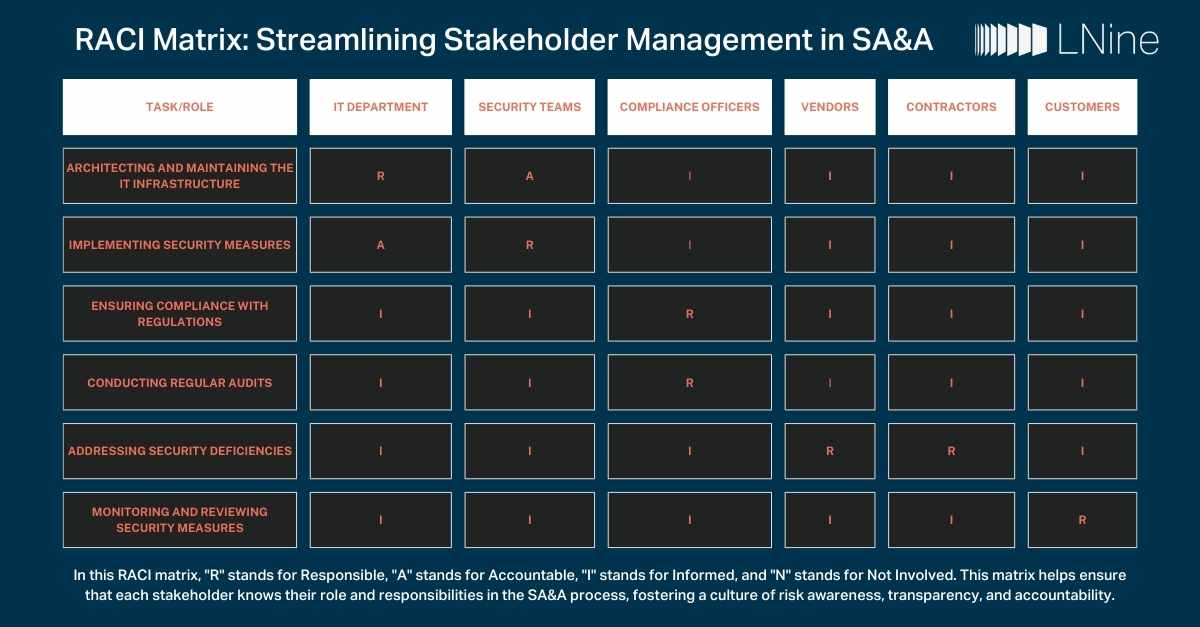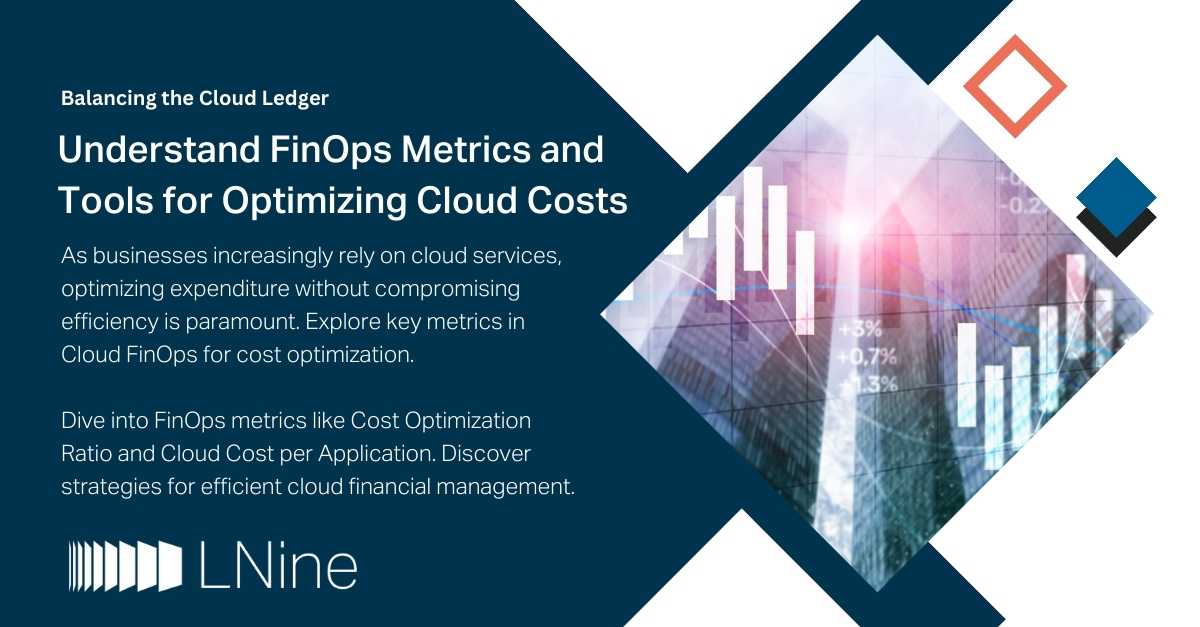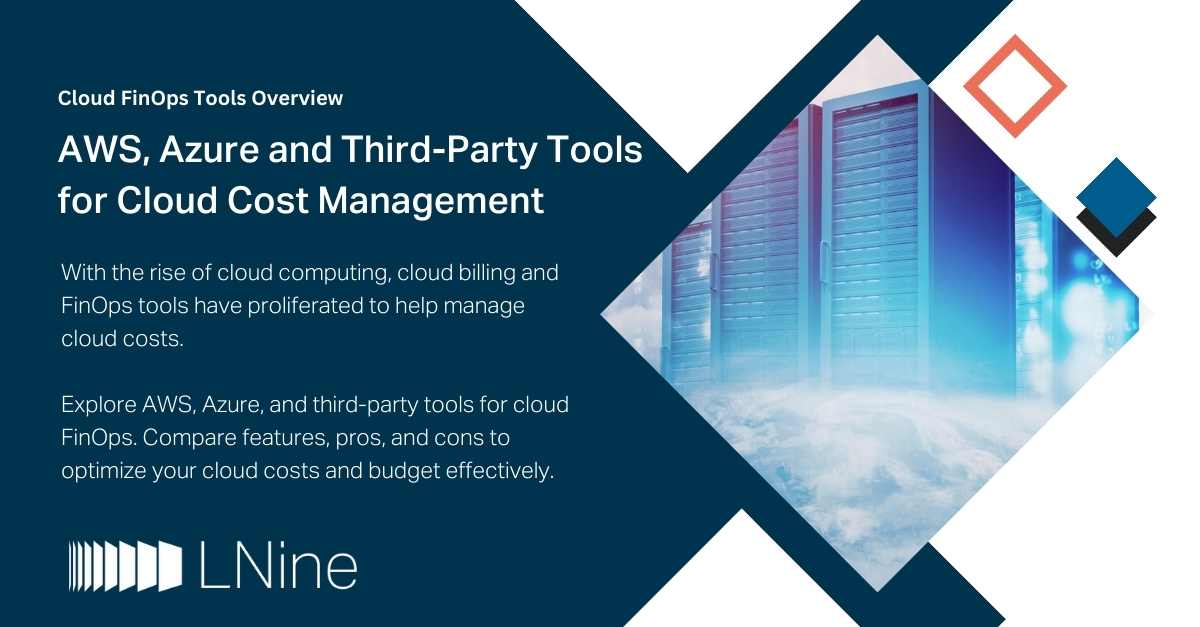In the dynamic landscape of cybersecurity, the Security Assessment and Authorization (SA&A) process is a crucial framework for organizations. Central to this process is the acceptance of risk, a delicate dance between security imperatives and business necessities. This blog post delves into the intricacies of risk acceptance within SA&A, offering insights into key considerations and practical approaches for businesses.
Latest Posts
- Cloud Transformation
- Modernization
- Authority to Operate
- cloud migration
- optimization
- Canadian Federal Government Contracting
- HIPAA
- Operational Excellence
- Security Assessment and Authorization
- Canadian Federal IT
- Cloud FinOps
- Cloud Management
- Cybersecurity
- Enterprise Architecture
- Information Management
- Canadian Federal Government employment
- Canadian Federal Government jobs
- Technical Debt
- Procurement Processes
- Technical debt in federal government
- Technical discussion
- AWS
- Canadian Federal Government resume
- Federal Government Staffing
- Microsoft
-
 Canadian Federal Government Contracting,
Canadian Federal Government employment,
Canadian Federal Government jobs,
Procurement Processes,
Canadian Federal IT
Canadian Federal Government Contracting,
Canadian Federal Government employment,
Canadian Federal Government jobs,
Procurement Processes,
Canadian Federal IT
Securing top-tier talent in the competitive realm of government roles goes beyond the conventional hiring process. Government projects demand specialized skills, stringent security measures, and a meticulous approach to talent acquisition.
Cloud computing has been both hyped and shown promise, but it has also faced challenges in meeting all expectations. It has developed significantly, promising scalability, flexibility, and cost-efficiency. However, there have been concerns and criticisms regarding security, compliance, and realizing the promised benefits.
FinOps strips away impediments, empowering engineering teams to quickly deliver enhanced features, applications, and migrations. It fosters cross-functional discussions on strategic investment decisions. Whether opting for austerity or increased investment, businesses make deliberate choices. Teams gain clarity on the rationale behind these decisions, ensuring a purpose-driven approach. It's a pragmatic framework aligning financial considerations with accelerated innovation, eschewing unnecessary complexities.
 Canadian Federal Government Contracting,
Canadian Federal Government employment,
Canadian Federal Government jobs,
Procurement Processes,
Canadian Federal IT
Canadian Federal Government Contracting,
Canadian Federal Government employment,
Canadian Federal Government jobs,
Procurement Processes,
Canadian Federal IT
Federal government contracts for individual and team resources have been around for decades. While the skill sets may have changed and improved, many older processes are still in place with slight efficiency improvements. Those who have worked in this field understand that it can be laborious and bureaucratic.
With the rise of cloud computing, cloud billing and FinOps tools have proliferated to help manage cloud costs. In this blog post, we will compare and contrast the billing and FinOps tools offered by two of the biggest cloud providers, AWS and Microsoft Azure, as well as some popular third-party FinOps tools such as CloudCheckr and CloudHealth by VMware. We will weigh the pros and cons of each tool and provide you with the information you need to make an informed decision
RECOMMENDATION

RACI Matrix: Streamlining Stakeholder Management in SA&A

From Risk to Resilience: Exploring ATO and SA&A in Modern Cybersecurity

Enterprise Architecture Journey: From Planning to Alignment




